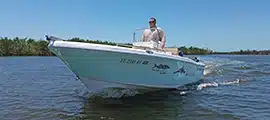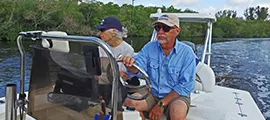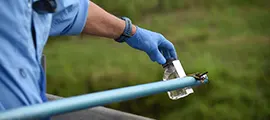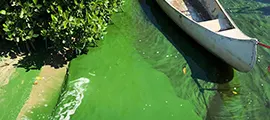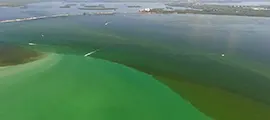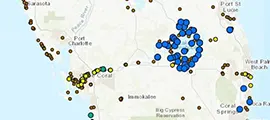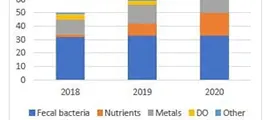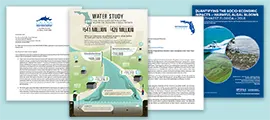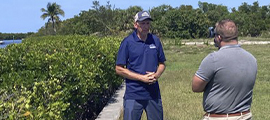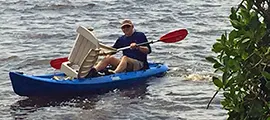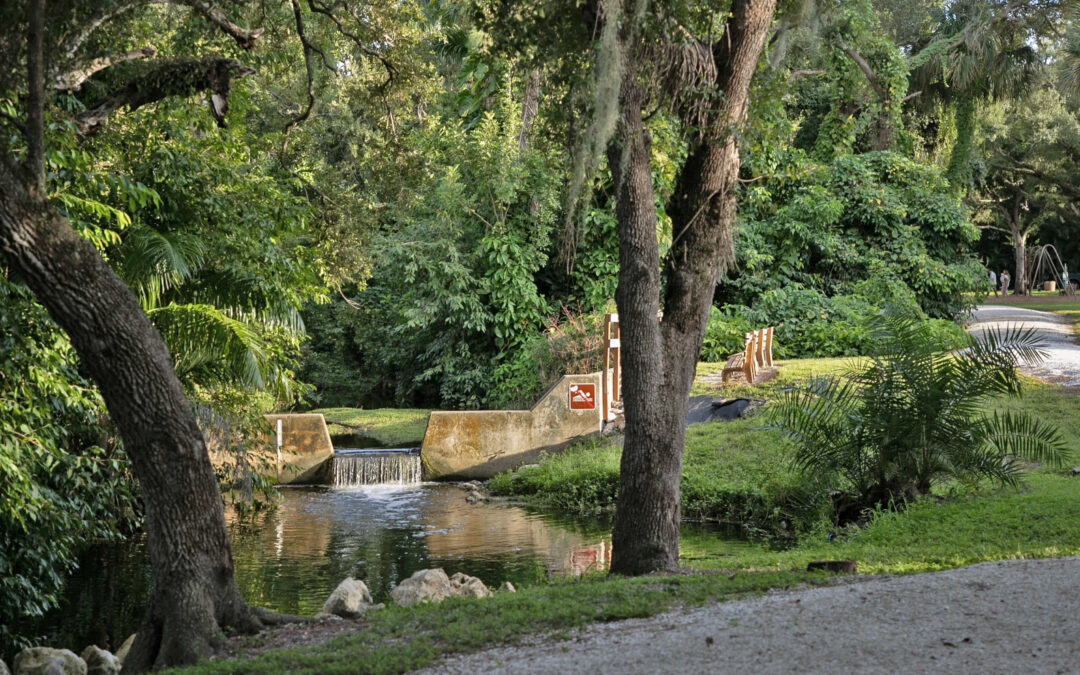Calusa Waterkeeper volunteers and staff have collected evidence of persistent human sources of fecal contamination to Manuel’s Branch.
The full report is available at CalusaWaterkeeper.org and the group will be presenting to the City of Fort Myers Environmental Advisory Board on December 2nd, 2025.
Calusa Waterkeeper announces the completion of a two-year investigation into fecal bacterial contamination in Manuel’s Branch. The public is invited to learn more about these findings by reading the full report and attending an upcoming meeting on December 2nd at Fort Myers City Hall.
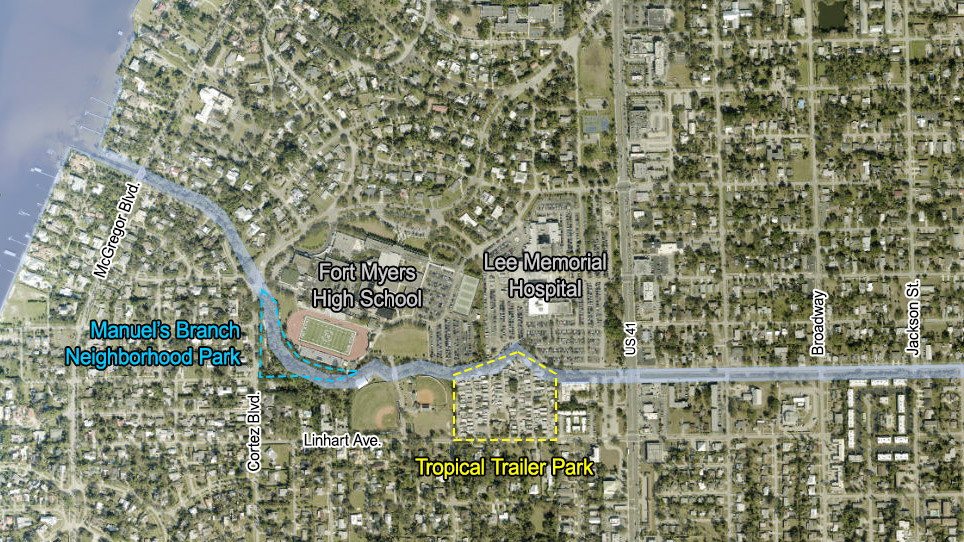
Manuel’s Branch is a small tributary that flows through urban Fort Myers before meandering past several public spaces, including Lee Memorial Hospital, Fort Myers High School and the Manuel’s Branch Neighborhood Park. Despite ongoing restoration efforts by the City of Fort Myers and the Florida Department of Environmental Protection, FIB pollution levels remain concernedly high in Manuel’s Branch, posing an elevated risk to public health particularly at these access points, before discharging into the Caloosahatchee River.
This study’s objective was to independently confirm the presence of human microbial contamination in Manuel’s Branch and, if possible, identify the point source(s). This study involved both groundwater and surface water sampling throughout 2024 and 2025.
Please follow this link to view/download a copy of Calusa Waterkeeper’s Manuel’s Branch Microbial Source Investigation:
Summary of Key Findings:
- Multiple results confirmed persistent human sources of microbial contamination.
– HF183 tested positive for human markers in 5 of 6 samples in 2024-5.
– Sucralose (artificial sweetener) tested positive in 3 of 3 samples taken in 2025. - Positive results for human sources of microbial contamination at multiple sites indicate a high likelihood of human contamination from multiple sources along the waterway.
- E. coli is prevalent in the ground water, highlighting the need for other testing protocols.
- Multiple collapses of the creek bank, deep sedimentation, vegetative cover and other debris are contributing to an environment conducive to microbial colonization.
- Wildlife activity is an obvious contributor of bacteria contamination, highlighting the need to prioritize human indicator testing beyond routine FIB sampling.
- The QT-AMP methods used to analyze stormwater outfalls vs. surface waters in this study may provide a roadmap for future point source investigations.
Conclusion:
Additional human indicator testing is required with focused and carefully planned sampling and frequency. CWK urges authorities to continue sampling for human sources, with greater frequency and spatial resolution to identify and eliminate the persistent health risks clearly present in Manuel’s Branch.
This report concludes with additional actions that city officials could choose to implement immediately to affect tangible progress towards the restoration of Manuel’s Branch.
Until such time that the elevated health risks associated with FIB contamination are eliminated from this waterbody, we implore authorities to notify the public of the risks involved with fishing, swimming and drinking these waters.
Calusa Waterkeeper volunteers look forward to presenting on this topic at the December 2nd meeting of the Fort Myers Environmental Advisory Board and the public is invited to attend.
Meeting Details
What:
Calusa Waterkeeper volunteers will present on their Manuel’s Branch Microbial Source Investigation
Where:
Environmental Advisory Board Meeting
Fort Myers City Hall, 2200 Second Street, Council Chambers
When:
December 2, 2025, 12:30 PM - 2:30 PM
Why:
Due to persistently high Fecal Indicator Bacteria (FIB) levels in this Fort Myers waterbody, Calusa Waterkeeper set out to identify potential point sources of the contamination and test conclusively for human sources. Contact with recreational water contaminated with FIB can increase the risk of eye, ear, throat, skin, and gastrointestinal diseases. Recreational water users (swimmers, kayakers, fishermen, etc.) may be exposed to a wide range of pathogens that enter waterways through fecal pollution.
Full Report
